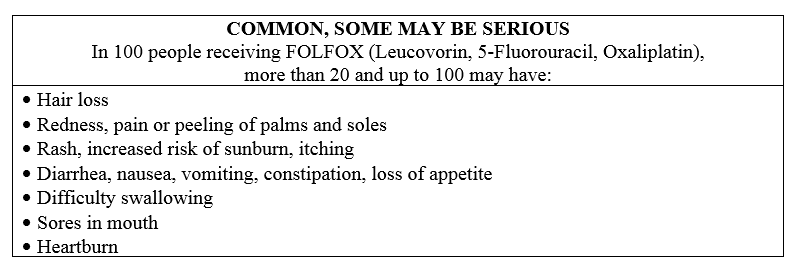Consider the following statements:
- “The drug shortens the duration of the symptoms of common cold with 1 hour (from 1 week with placebo). Although it is clinically insignificant, but hey, there are one million illnesses a year, so if everyone would take the drug, it would mean 125 thousand workdays saved!”
- “The drug reduces the severity of the symptoms of depression only with 2 points on a scale of 50, which is considered clinically insignificant. However, given that we have at least 100 thousand patients suffering in this disease, this means that treating everyone would result in 200 thousand points benefit, which is definitely clinically significant!”
- “This oral anticoagulant increases the risk of intracranial bleeding only with 0.1%, which seems insignificant, but given the huge number of patients taking the drug (one million, with a baseline risk of 0.01/year), this ‘clinically insignificant’ effect actually means 10 very severe side-effect caused by the drug each year!”
[Let’s assume for simplicity that these effect sizes are sure, i.e. measured in very large, well-designed trials.]
What are your thoughts on the validity, soundness of such reasonings?
